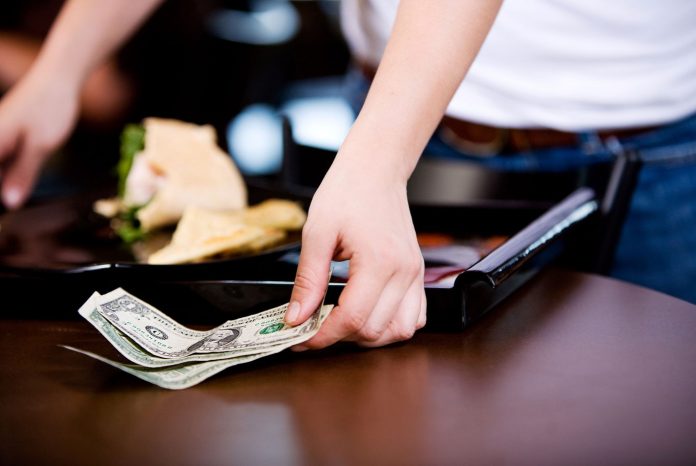From making restaurant reservations to ordering meals, a growing share of U.S. consumers are using smartphones as part of their dining experiences. In turn, restaurants are fast embracing mobile payments as they look to deliver on the speed and convenience their customers have come to expect.
As restaurants and QSR chains upgrade their payment systems to accept mobile and other forms of digital payments, they are also adopting instant payments for wages and tips paid to their workers.
Tips and gratuities are vital to the approximately 2.5 million Americans working as restaurant servers. Most of these workers earn the bulk of their money in cash-based tips, which is becoming a problem as consumers increasingly go digital.
Restaurants are looking to solve this problem by embracing tools that not only allow consumers to use their phones to pay, but also tip their servers.
Instant Tipping in Restaurants and Beyond
Instant tip payouts are beneficial for restaurants, servers and diners alike. Restaurants equipped with the necessary tools can disburse real-time payments to staff, eliminating delays and the need to divvy up cash at the end of a shift. California-based startup Kickfin alerts servers when they receive money with text or email notifications, and wages are instantly pushed to whatever account a server chooses, including debit, credit or prepaid cards, as well as online wallets.
In the U.S., delivery apps like DoorDash and Postmates have looked to meet this need by providing digital tipping options on their apps, which suggest a 15 percent gratuity for orders. Ridesharing apps like Uber and Lyft have similar offerings. Tipping methods such as these are becoming more important to customers who are often unable to tip at restaurants when paying with cards or mobile.
Some restaurants in the U.K. are looking to provide better tipping experiences with apps like Gratuu. The mobile tipping app, which launched in 2014, enables users to tip individual servers or deposit money into a virtual tip jar by scanning a QR code or typing in a unique digital identification number. Gratuu currently charges a 3.5 percent fixed rate for every transaction. The company has seen use outside of restaurants by businesses such as hair salons, where consumers can often pay for haircuts digitally but must remember to carry cash to tip their stylists.
Many startups have noticed the demand for such services, as restaurants and salons are among many other businesses in which workers rely on tips. One such platform is mobile tipping app BRAVO, which allows users to search for and tip service workers from a variety of industries listed on the app. Transactions can be made without either party having to exchange personal information. One downfall is that the app takes a 2 percent fee for all transactions and tips made on its platform.
These apps, as well as more ubiquitous services like Venmo, are aiming to change how consumers approach paying and tipping. They provide services that cater to today’s digital consumers while also making it easy for service workers to receive payouts for their work.
Tipping and the Future of Payments
Consumers worldwide are using digital payments so frequently that withdrawing cash can almost be considered a chore. Workers who rely on tips are going to start expecting to receive their tips and wages in the same ways that consumers pay. Restaurants and other businesses in the service industry that want to remain competitive will need to follow consumer demand and innovate their payment experiences.




